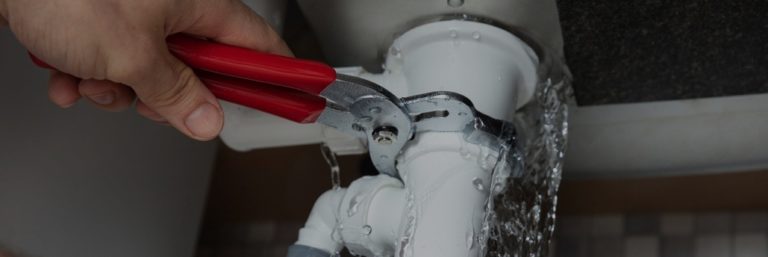Just how do you actually feel in regards to Top leak detection hacks?

Early discovery of dripping water lines can reduce a potential calamity. Some small water leakages might not be visible.
1. Examine the Water Meter
Every home has a water meter. Checking it is a proven way that assists you uncover leaks. For starters, shut off all the water resources. Make certain no person will flush, use the faucet, shower, run the washing equipment or dishwashing machine. From there, go to the meter and also watch if it will certainly alter. Given that no person is utilizing it, there ought to be no motions. That suggests a fast-moving leak if it relocates. Also, if you detect no changes, wait an hour or two and also check back once again. This suggests you may have a sluggish leakage that could even be below ground.
2. Inspect Water Intake
Examine your water expenses and track your water intake. As the one paying it, you ought to observe if there are any kind of discrepancies. If you find sudden changes, regardless of your consumption being the same, it means that you have leaks in your plumbing system. Bear in mind, your water expense must fall under the exact same range each month. An unexpected spike in your expense indicates a fast-moving leak.
Meanwhile, a consistent rise every month, even with the exact same routines, reveals you have a slow leakage that's also slowly escalating. Call a plumber to completely inspect your property, especially if you really feel a cozy area on your floor with piping underneath.
3. Do a Food Coloring Test
30% comes from commodes when it comes to water consumption. Test to see if they are running appropriately. Decline specks of food color in the tank as well as wait 10 minutes. There's a leak between the tank and also dish if the color somehow infiltrates your dish during that time without flushing.
4. Asses Exterior Lines
Do not fail to remember to inspect your outdoor water lines as well. Test faucets by attaching a yard tube. Ought to water permeate out of the connection, you have a loose rubber gasket. Replace this and also ensure all connections are tight. If you have actually got a sprinkler system, it will aid get it expertly took a look at and also maintained each year. One tiny leakage can throw away tons of water as well as surge your water bill.
5. Inspect and also Evaluate the Scenario
House owners need to make it a practice to inspect under the sink counters and also inside cupboards for any type of bad odor or mold and mildew development. These two warnings indicate a leakage so punctual interest is called for. Doing routine inspections, even bi-annually, can conserve you from a significant problem.
Extra significantly, if you recognize your home is already old, keep a watchful eye on your heating systems, hoses, pipes and so on. Check for discolorations as well as compromising as many pipes as well as home appliances have a life expectancy. They will also normally weaken due to tear and put on. Don't wait for it to rise if you think dripping water lines in your plumbing system. Call an expert plumber as soon as possible so you don't end up with a terrible mess in your home.
Early discovery of dripping water lines can alleviate a possible disaster. Some small water leakages might not be noticeable. Checking it is a guaranteed method that aids you find leakages. One little leak can waste lots of water and also increase your water bill.
If you suspect leaking water lines in your plumbing system, don't wait for it to escalate.
WARNING SIGNS OF WATER LEAKAGE BEHIND THE WALL
PERSISTENT MUSTY ODORS
As water slowly drips from a leaky pipe inside the wall, flooring and sheetrock stay damp and develop an odor similar to wet cardboard. It generates a musty smell that can help you find hidden leaks.
MOLD IN UNUSUAL AREAS
Mold usually grows in wet areas like kitchens, baths and laundry rooms. If you spot the stuff on walls or baseboards in other rooms of the house, it’s a good indicator of undetected water leaks.
STAINS THAT GROW
When mold thrives around a leaky pipe, it sometimes takes hold on the inside surface of the affected wall. A growing stain on otherwise clean sheetrock is often your sign of a hidden plumbing problem.
PEELING OR BUBBLING WALLPAPER / PAINT
This clue is easy to miss in rooms that don’t get much use. When you see wallpaper separating along seams or paint bubbling or flaking off the wall, blame sheetrock that stays wet because of an undetected leak.
BUCKLED CEILINGS AND STAINED FLOORS
If ceilings or floors in bathrooms, kitchens or laundry areas develop structural problems, don’t rule out constant damp inside the walls. Wet sheetrock can affect adjacent framing, flooring and ceilings.
https://www.servicemasterbyzaba.com/blog/how-to-detect-water-leakage-in-walls/

I stumbled upon that piece on Leaking water lines while scouting around the internet. Sharing is good. Helping people is fun. Thanks a lot for your time. Please come by our site back soon.